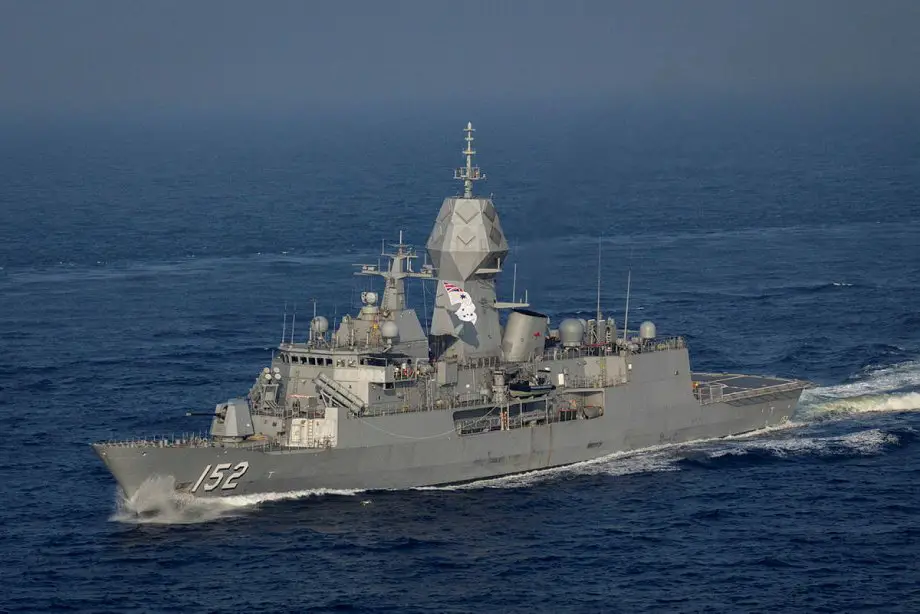Breaking news
Shocking expansion: Australia launches bold plan to double its Naval Force.
According to information published by the Australian government on February 20, 2024, the Albanese Government detailed a strategic plan to significantly expand and upgrade the Royal Australian Navy's surface combatant fleet. The plan proposes to double the size of the current fleet, marking a substantial increase in naval capability not seen since World War II.
Follow Navy Recognition on Google News at this link
 Royal Australian Navy's Anzac class frigate HMAS Warramunga. (Picture source: Australian DoD)
Royal Australian Navy's Anzac class frigate HMAS Warramunga. (Picture source: Australian DoD)
This announcement follows the government's consideration of an independent analysis on the Navy's surface combatant fleet, conducted in light of the Defence Strategic Review. The analysis pointed to the necessity for a fleet that is both larger and possesses enhanced lethality to meet Australia's strategic maritime needs.
The proposed future fleet will consist of 26 major surface combatants, including three Hobart class air warfare destroyers with improved air defence and strike capabilities, six Hunter class frigates to enhance undersea warfare and strike capabilities, and 11 new general purpose frigates equipped for maritime and land strike, air defence, and escort operations. The plan also includes six new Large Optionally Crewed Surface Vessels (LOSVs) to augment the Navy's long-range strike capabilities.
Additionally, the government plans to acquire 25 minor war vessels, with six Offshore Patrol Vessels (OPVs) aimed at bolstering civil maritime security operations. To support this expansion, the government has committed an additional $1.7 billion over the Forward Estimates and $11.1 billion over the next decade for the acquisition and maintenance of the future fleet.
Deputy Prime Minister, the Hon Richard Marles MP, noted the importance of the fleet upgrade in maintaining the security of Australia's maritime trade routes and data connections. Vice Admiral Mark Hammond AO, Chief of Navy, stated the fleet expansion is crucial for Australia's ability to engage diplomatically, deter threats, and defend national interests amid evolving regional dynamics.
Context
The 2023 Defence Strategic Review (DSR) laid the groundwork for a comprehensive enhancement of Australia's defence capabilities, emphasizing the need for modernization across various domains.
This included advocating for the acquisition of maritime drones, the development of integrated targeting capabilities, the deployment of long-range precision strike weapons, and the strengthening of integrated air and missile defense systems. A notable recommendation from the DSR was the acquisition of nuclear-powered attack submarines under the AUKUS partnership.
Following the DSR's publication, the Australian Strategic Policy Institute (ASPI) released a report specifically advocating for the expansion of the Royal Australian Navy (RAN) fleet. The ASPI report suggested increasing the fleet size to between 16 and 20 ships to enhance capabilities in air defence, long-range strike, presence, and anti-submarine warfare.


























